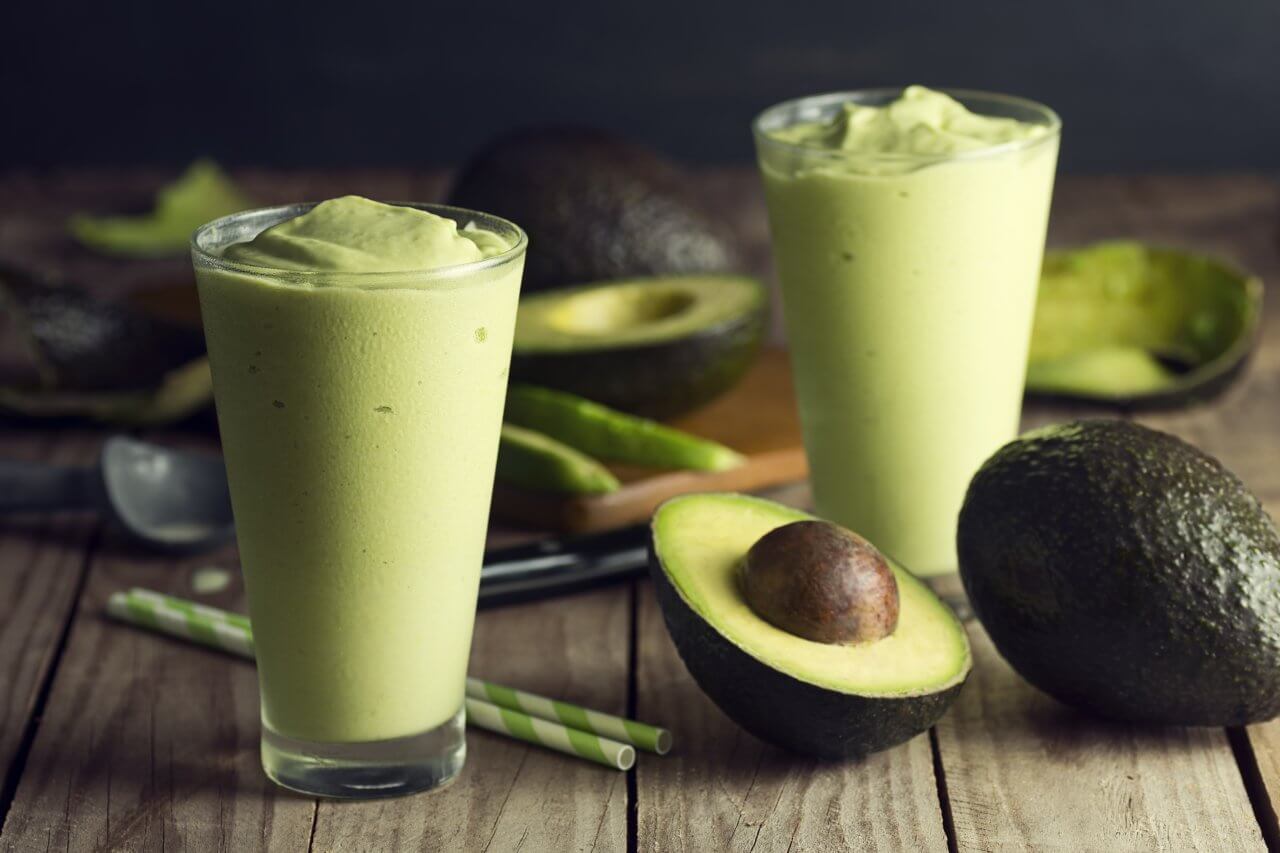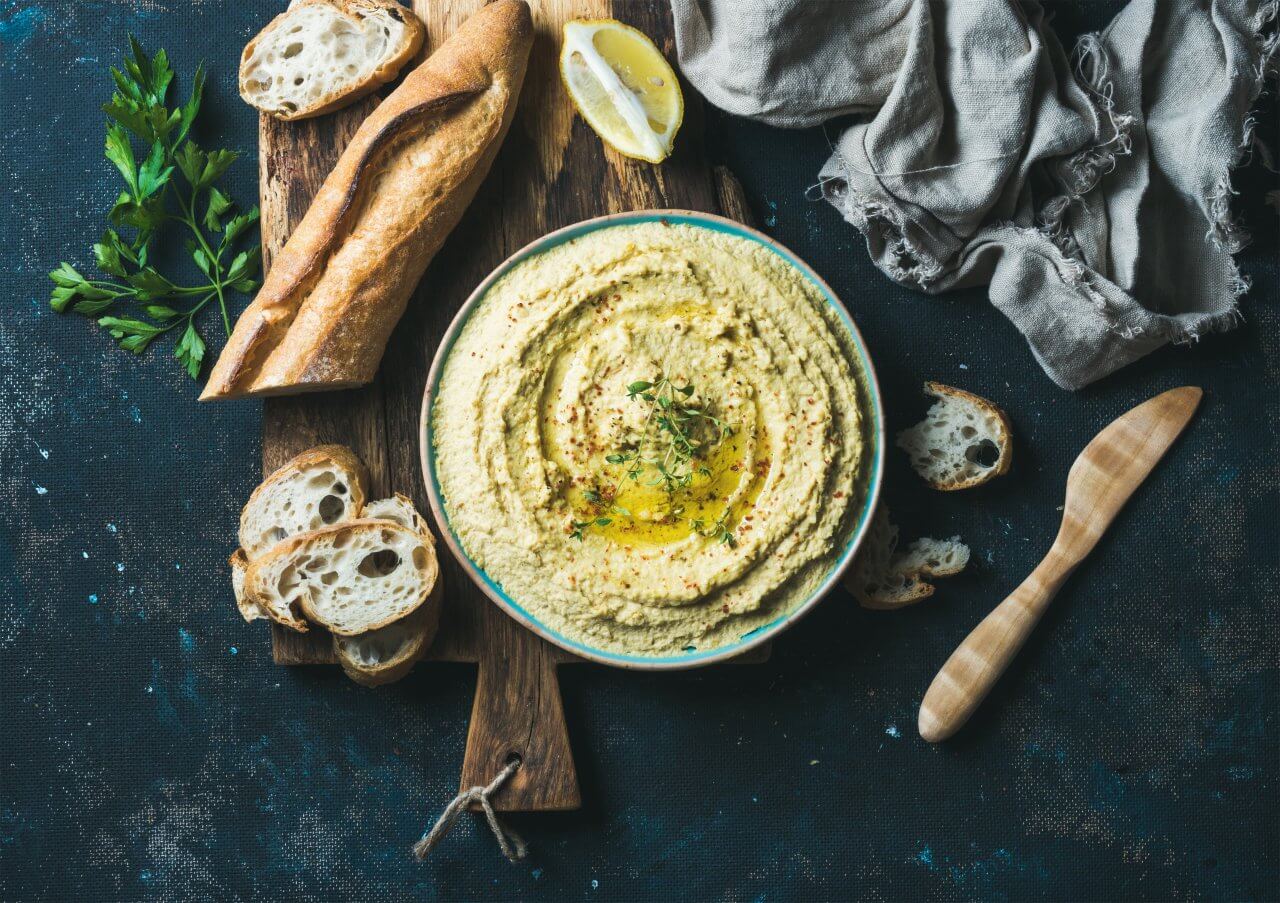Freeze! Keep your food out of the bin, where we can save it!
Freezing can do a lot for our food. It helps our food last longer so we can make the most out of it, but that’s only just the start.
You can save so much more food than you may think. Respect Food is a movement against food wastage, aims to create a movement about food wastage and under this philosophy. Food waste is a huge problem, causing emissions of greenhouse gases which contribute to climate change. Not only this, but it’s also taking a financial toll on consumers. Our appliances are specially designed to help your food last longer and therefore to help you to waste less. Grundig’s DuoCooling NoFrost technology means that your foods will be frozen without freezer burn so that their texture and taste is still maintained.
There are so many freezable types of food that many of us don’t know about, so take a look at these 15 examples to help get you started!
1. Eggs
Eggs can be frozen for up to one year, as long as you do so without the shells. Be sure to separate the whites, which you can freeze in airtight containers, from the yolk. Egg yolk can be tricky to freeze because of the texture, so mix them with 1/8 teaspoons of salt and store in airtight containers before freezing it. When you’re ready to use frozen eggs, thaw them overnight in the refrigerator or under running cold water. Make sure you don’t thaw them on the kitchen counter, as this might increase the risk of spreading bacteria. Eggs that have been frozen and thawed should only be used in dishes that are thoroughly cooked.
2. Vegetables
Most vegetables can be frozen through a process called blanching. Boil them in a pot (making sure to keep it closed) for up to 5 minutes. Then, place them in iced water for around 5-10 minutes and after draining them, pack them in resealable containers and off to the freezer they go!
3. Garlic
Peel your cloves, chop them up, and submerge every teaspoon of garlic in a teaspoon of olive oil. You can store these in an airtight container or even an ice tray, and they’ll be ready to freeze.
4. Avocado
Avocados can be frozen too, and it’s quite simple. Cut them into small pieces or mash them, put them into a resealable bag or containers, and put them in the freezer. However, their textures can change when you freeze them. So make sure you freeze them for the purpose of using them as ingredients rather than eating them raw.
5. Fruits
Techniques for taking care of fruits can vary based on the fruit in question. You can make them into a puree and freeze them in ice-cube trays for an instant smoothie, or go the old-fashioned route by freezing them in vacuum sealed bags.



